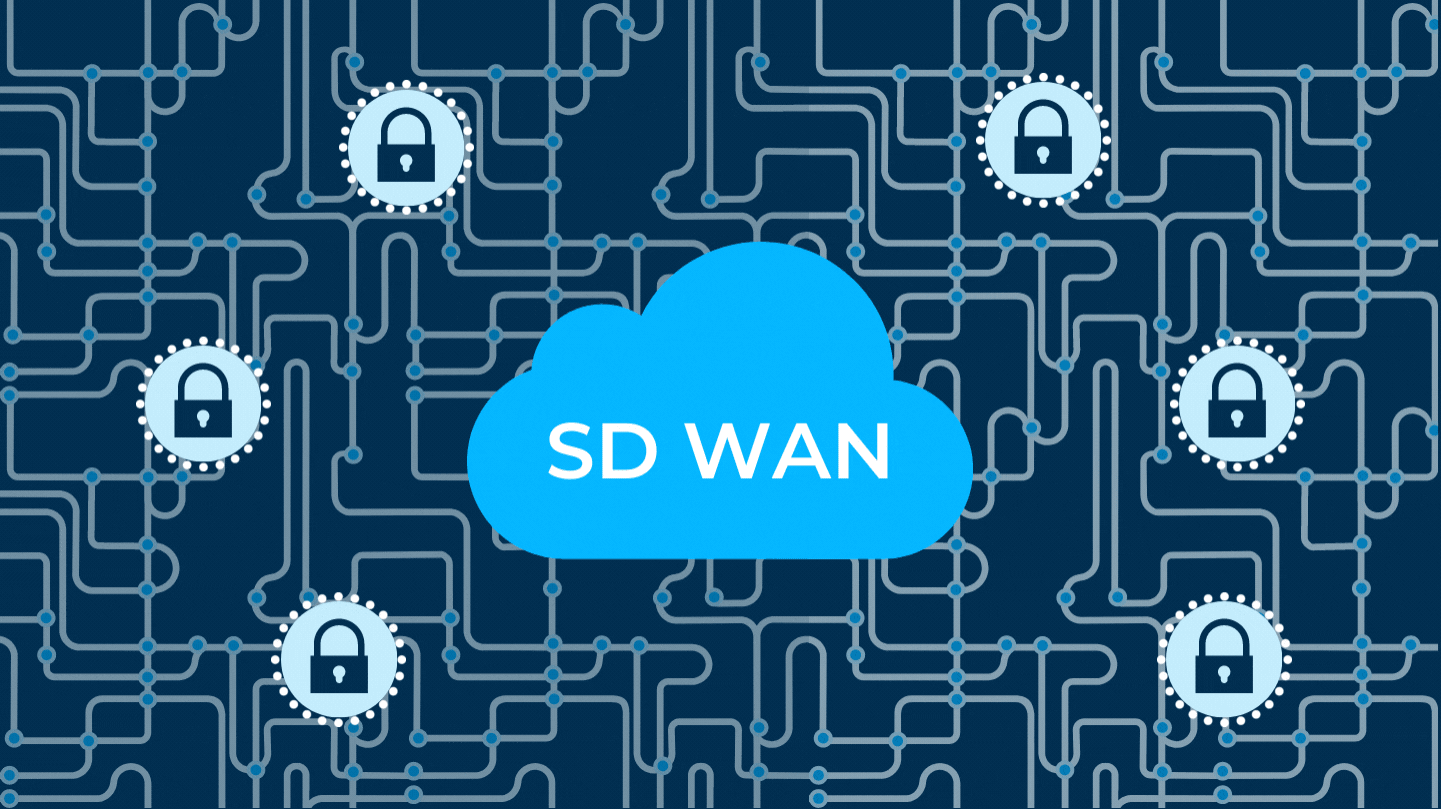Managed SD-WAN enhances modern business networking by optimizing performance, security, and scalability. It enables intelligent traffic routing, reducing latency and improving application efficiency. With centralized management, businesses gain real-time network visibility and control, ensuring seamless operations. Security is strengthened through encryption, segmentation, and threat detection. Managed SD-WAN reduces costs by replacing expensive MPLS connections with flexible broadband options. It also supports cloud applications and remote workforces, providing consistent connectivity across multiple locations. By outsourcing management to experts, businesses ensure reliable performance, proactive troubleshooting, and continuous network optimization, making SD-WAN a crucial component of a resilient and future-ready IT infrastructure.
Introduction to Managed SD-WAN
In today’s digital age, businesses rely heavily on networking solutions to stay competitive and efficient. What is managed SD-WAN services? It’s a cloud-based network that replaces traditional, hardware-dependent network management methods. By separating network management from physical hardware, managed SD-WAN allows for a flexible and dynamic strategy that can be adjusted to meet the ever-evolving demands of contemporary enterprises.
This technology optimizes data flow by intelligently routing traffic based on real-time conditions. This translates to reduced latency, increased bandwidth efficiency, and the ability to seamlessly integrate new applications and adjust priorities without extensive network overhauls. Ultimately, managed SD-WAN empowers businesses with a more responsive and robust network infrastructure, which is crucial for thriving in today’s fast-paced digital world.
Key Benefits of Managed SD-WAN
The advantages of integrating Managed SD-WAN into a business network are numerous and multifaceted. One of the most pronounced benefits is improved network performance. By employing intelligent data routing and prioritizing critical business applications, Managed SD-WAN ensures the network functions at optimal performance levels. This capability directly translates to enhanced productivity and smoother operations.
- Improved Network Performance: Managed SD-WAN leverages advanced algorithms to optimize data packets’ paths across diverse transport links, beating traditional network capabilities in speed and reliability.
- Scalability and Flexibility: As businesses grow, Managed SD-WAN makes adding new sites easier and increases capacity without significant infrastructure investment. This on-demand scalability is crucial in today’s fast-paced markets.
- Reduced Operational Costs: By utilizing commodity internet links, companies can reduce dependency on costly MPLS connections, leading to significant savings without sacrificing quality or security.
How Managed SD-WAN Enhances Network Security
Security is paramount in networking. Managed SD-WAN includes integrated security features that deploy modern encryption techniques and secure packet transmission. Businesses turning to Managed SD-WAN can benefit from robust security measures that protect data integrity and compliance with regulatory standards.
Moreover, a Managed SD-WAN service can be a crucial element in defending against cyber threats, with its capacity to detect and mitigate security risks before they impact the network. Discover how SD-WAN enhances security by providing threat intelligence and automated policy enforcement, ensuring data remains safeguarded without manual oversight.
Comparing Managed SD-WAN to Traditional Networking Solutions
Traditional networking solutions often fall short when tasked with meeting the demands of modern businesses due to their inherent rigidity and high cost. Managed SD-WAN bridges these gaps by integrating next-generation technologies that provide customizable solutions tailored to business needs.
With Managed SD-WAN, companies gain unparalleled control over their networks, optimizing performance across multiple sites and dynamically responding to network fluctuations. These features enable businesses to operate seamlessly across geographically distributed offices, providing a significant advantage over traditional networking methodologies.
Factors to Consider When Choosing a Managed SD-WAN Provider
Choosing the right Managed SD-WAN provider involves several key considerations. Reliability is fundamental; ensure the provider has a robust network infrastructure to support your business’s demand. Additionally, assess their level of customer support, which is essential for troubleshooting and maintaining service continuity.
Technological capability and adaptability are also critical. To support your business’s growth, pick a partner with a history of innovation and can offer scalable solutions. Remember to also consider their experience within your specific industry to ensure they understand your operational challenges and opportunities.
Real-World Applications of Managed SD-WAN
Managed SD-WAN has become a pivotal component in numerous industries, driving enhanced connectivity and operational efficiency. In retail, for example, it enables seamless point-of-sale transactions and inventory management across multiple locations, while in healthcare, it supports secure and reliable telemedicine services.
Businesses across sectors leverage Managed SD-WAN to maintain uninterrupted, high-quality connectivity for critical applications. Numerous success stories demonstrate how Managed SD-WAN can satisfy the particular needs of different businesses, ranging from enabling remote work in the technology industry to providing high-speed data analytics in the financial sector.
Challenges and Limitations of Managed SD-WAN
Managed SD-WAN offers significant advantages, but businesses must address specific challenges during adoption. High initial deployment costs and potential network downtime during the transition can temporarily impact operations. However, these challenges can be minimized through strategic planning and a phased implementation approach. Conducting thorough network assessments, ensuring compatibility with existing infrastructure, and engaging experienced professionals help streamline the process. Continuous monitoring and proactive management further reduce risks, ensuring smooth integration. By leveraging expert guidance and best practices, businesses can enhance network performance, improve security, and establish a scalable, cost-effective solution for long-term operational efficiency and reliability.
The Future of Managed SD-WAN in Networking
Looking ahead, Managed SD-WAN is poised for continued innovation. Integrating AI and machine learning will improve network management by enabling automatic reactions to network anomalies and predictive analytics for traffic patterns.
Organizations can expect even more significant speed, security, and insight-driven optimization improvements as advancements unfold. For a more thorough examination of new trends and innovations in the SD-WAN space, future developments promise to enhance networks’ capability to an unprecedented degree, paving the way for the next era of business connectivity.

































